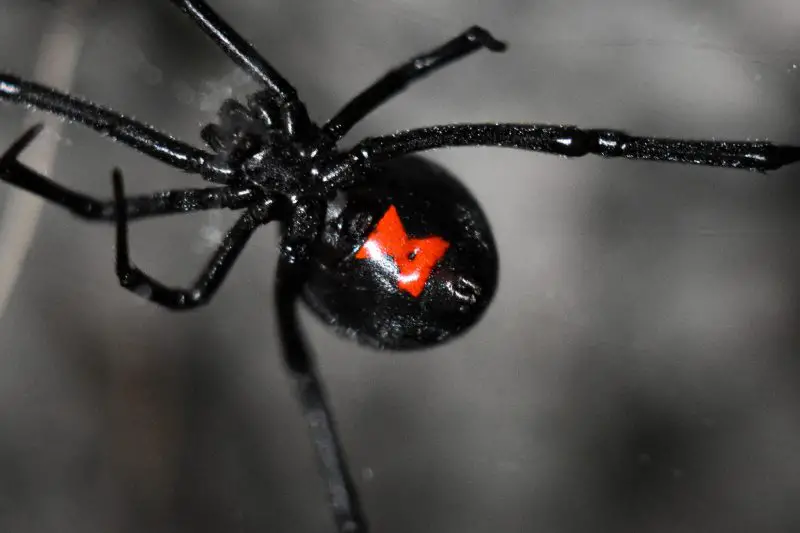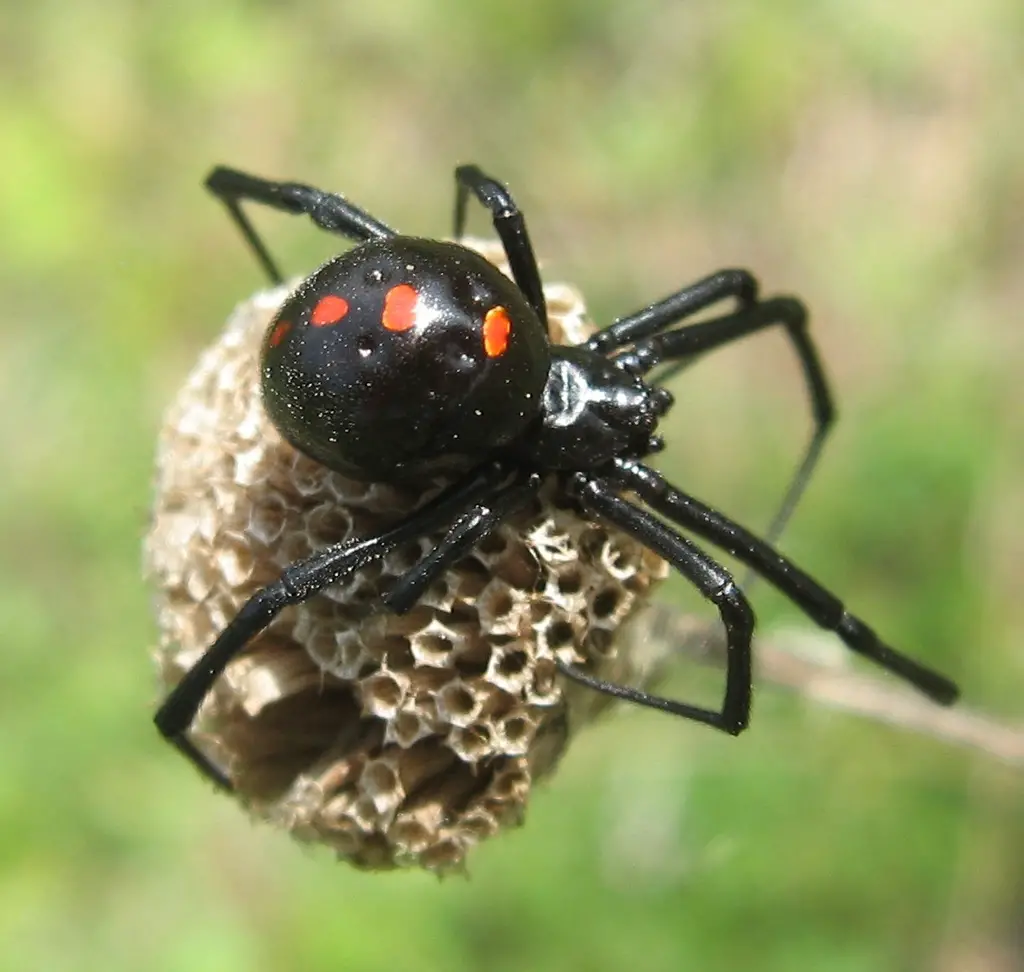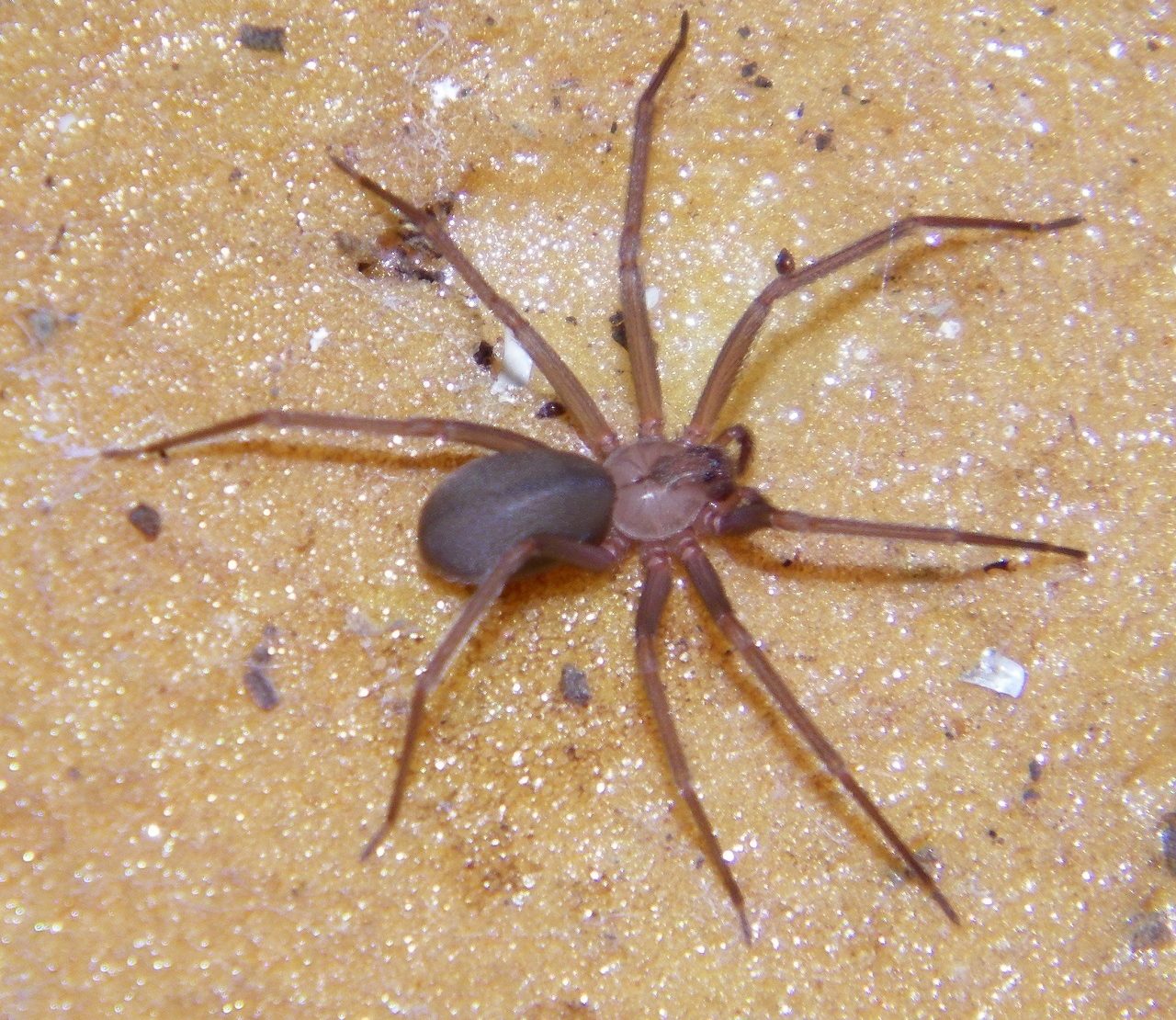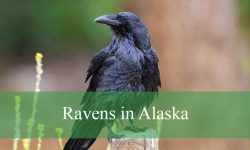North Carolina’s diverse habitats—from coastal plains to mountain forests—provide shelter to a wide variety of spiders. While most spiders in the state are harmless and even beneficial by controlling insect populations, there are a few venomous species that people should recognize. Knowing how to identify these spiders and understanding their behavior is essential for safety, especially in homes, gardens, and outdoor recreational areas.
This guide covers the three venomous spiders most commonly encountered in North Carolina: the Southern Black Widow, Northern Black Widow, and the Brown Recluse. We’ll provide detailed descriptions, identification tips, habitat info, and what to do if you’re bitten.
Why Learn About Venomous Spiders in North Carolina?
Spiders are often feared due to myths and misunderstandings. The reality is, nearly all spiders have venom, but only a few species have venom potent enough to harm humans significantly. In North Carolina, the three species listed here are the ones to watch out for—not because they actively attack people, but because bites can happen accidentally, and their venom requires medical attention.
Understanding these spiders helps reduce unnecessary fear, avoid harmful encounters, and promote coexistence. Let’s dive into the details of each species, starting with the most well-known: the Southern Black Widow.
Common Venomous Spiders in North Carolina
Southern Black Widow (Latrodectus mactans)

The Southern Black Widow is the most notorious venomous spider found throughout North Carolina. It can be easily identified by its jet-black, glossy body and the distinct red hourglass marking on the underside of its abdomen. Females are significantly larger and more dangerous than males, measuring about 1.5 inches when legs are extended. Their slender legs and bulbous abdomen give them a signature silhouette. These spiders tend to avoid human contact but will bite if disturbed or pressed against the skin, especially when guarding their egg sacs.
Southern Black Widows prefer dark, undisturbed places to build their irregular, tangled webs. In North Carolina, they are commonly found in woodpiles, under rocks, in sheds, garages, basements, and even underneath lawn furniture or flower pots. Their webs are usually constructed close to the ground and serve both as shelter and a trap for prey. These spiders are most active from late spring to early fall, but may persist year-round in sheltered indoor locations.
The venom of the Southern Black Widow is a potent neurotoxin known as latrotoxin, which affects the nervous system. Although their bite is rarely fatal due to modern medical treatments, it can cause severe symptoms such as intense muscle pain, cramping, nausea, sweating, and abdominal rigidity, sometimes mimicking appendicitis. Symptoms typically begin within an hour of the bite. Antivenom is available but often reserved for severe cases. Children, the elderly, and those with compromised immune systems are more vulnerable to serious effects.
In terms of hunting, Southern Black Widows are not aggressive hunters but rely on their sticky webs to ensnare small insects such as flies, mosquitoes, beetles, and even other spiders. Once caught, the prey is quickly immobilized with venom and then wrapped in silk for later consumption. They play a vital role in controlling insect populations, although their presence near homes warrants caution. These spiders are distributed across the entire state of North Carolina, especially in warmer, humid regions where shelter and food sources are abundant.
Northern Black Widow (Latrodectus variolus)

The Northern Black Widow is a close relative of the Southern species and is also found in North Carolina, though it is more commonly reported in the central and western parts of the state. It has a similar glossy black appearance, but the red hourglass on its abdomen is often broken or incomplete, sometimes forming two separate triangles. Some individuals may also show a row of red or white spots running down the back. Adult females are the primary concern in terms of venom toxicity, while males and juveniles are smaller and less likely to bite.
This species favors cooler, forested environments and is frequently found near logs, tree stumps, rock piles, and abandoned rodent burrows. Unlike the Southern Black Widow, which often lives near human dwellings, the Northern Black Widow tends to be more reclusive and is less likely to be encountered indoors. However, their web structure and behavior are nearly identical—they spin irregular, three-dimensional webs in concealed spaces and rarely leave their webs unless threatened or disturbed.
The venom of the Northern Black Widow also contains latrotoxin and produces similar symptoms to that of its southern cousin. A bite may result in localized pain followed by muscle cramps, nausea, elevated blood pressure, and profuse sweating. However, clinical cases in North Carolina involving this species are rare, and when they occur, they are usually not life-threatening. Prompt medical care can greatly reduce discomfort and prevent complications. Most healthy adults recover within a few days, although lingering symptoms may persist in some individuals.
Northern Black Widows are patient hunters. Like their Southern counterparts, they do not actively pursue prey but rely on their web to trap small insects and other arthropods. Once the victim is tangled, the spider approaches cautiously, delivers a venomous bite, and wraps the prey in silk. This method conserves energy and reduces the risk of injury. Despite their fearsome reputation, these spiders are not aggressive toward humans and will only bite as a last resort, usually when directly threatened or squeezed.
Brown Recluse (Loxosceles reclusa)

The Brown Recluse is a small, tan to dark brown spider recognized by the distinct violin-shaped marking on its cephalothorax, pointing toward the abdomen. While it is one of the most medically significant spiders in the United States, its native range does not include most of North Carolina. However, isolated reports and accidental transport via shipping boxes or furniture have led to rare encounters in the state, particularly in urban centers or near warehouses. Many supposed sightings in North Carolina are often misidentifications of other harmless brown spiders.
Brown Recluses are nocturnal and extremely shy, true to their name. They prefer to hide in undisturbed locations such as attics, closets, storage boxes, and underneath furniture. Outdoors, they can be found in woodpiles, under bark, or inside sheds. Their webs are not used for trapping prey but rather for shelter. These spiders roam at night in search of food, often feeding on soft-bodied insects such as cockroaches and crickets. Their flattened bodies help them squeeze into narrow cracks and crevices, making them hard to spot.
The venom of the Brown Recluse contains enzymes that can destroy tissue, leading to necrotic skin lesions in rare but severe cases. Bites are often painless at first but can develop into ulcers within a few hours to days. Other symptoms may include fever, chills, rash, and in rare cases, systemic complications. It’s worth noting that most bites do not result in serious injury, and some heal without medical intervention. Nevertheless, it’s crucial to seek professional care if symptoms worsen or tissue damage becomes apparent.
Brown Recluses are ambush predators. They actively hunt prey at night, using their quick reflexes and venom to subdue insects. Unlike web-building spiders, they rely on stealth and surprise to capture their victims. In North Carolina, true Brown Recluse populations are rare and not well-established, but occasional sightings do occur. Caution should be exercised when unpacking boxes or handling items that have been in storage for long periods, especially if they originated from areas where these spiders are more common.
How to Identify Venomous Spiders Safely
When trying to identify venomous spiders safely, it is important not to touch or disturb any spider unless you are absolutely sure it is harmless. Paying close attention to distinctive markings can be very helpful. For example, Black Widows have a bright red hourglass shape on the underside of their abdomen, while Brown Recluse spiders feature a violin-shaped marking on the top of their cephalothorax.
Observing the spider’s habitat also provides useful clues. Black Widows tend to build their webs in sheltered, hidden spots, whereas Brown Recluses prefer dark, undisturbed areas where they do not spin webs. If you need to inspect dark corners or storage spaces, using a flashlight can help you see clearly without risking contact. Instead of trying to capture or touch the spider, it is safer to take a clear photo from a distance, which can aid experts or medical professionals in accurate identification.
What to Do if You Get Bitten by a Venomous Spider
If you are bitten by a venomous spider, it is essential to remain calm, as most spider bites are not life-threatening. The first step is to gently clean the bite area with soap and water to prevent infection. Applying a cold compress can help reduce swelling and alleviate pain. It is advisable to avoid strenuous physical activity since it can increase the spread of venom through the body.
You should seek medical attention immediately if you experience severe pain, muscle cramps, spreading redness, difficulty breathing, or any signs of infection. When possible and safe, capturing the spider or taking a photograph can assist healthcare providers in delivering appropriate treatment.
Preventing Spider Bites in North Carolina
Preventing spider bites in North Carolina involves practical measures. Wearing gloves when handling firewood, garden debris, or doing outdoor work reduces the chance of accidental bites. Keeping storage areas tidy and free of clutter removes potential hiding places for spiders.
Sealing cracks and gaps around windows and doors helps prevent spiders from entering homes. It is also a good habit to shake out shoes, clothing, and bedding that have been unused for some time to dislodge any hidden spiders. Using insect screens on windows and doors, along with reducing outdoor lighting that attracts insects (which are prey for spiders), can further decrease the likelihood of encountering spiders near your living spaces.
Frequently Asked Questions (FAQs)
What are the most common venomous spiders in North Carolina?
The three most common venomous spiders in North Carolina are the Southern Black Widow, the Northern Black Widow, and the Brown Recluse. These spiders have distinct markings and behaviors that help in their identification.
How can I safely identify a venomous spider?
Safe identification involves observing distinctive features such as the red hourglass marking on Black Widows and the violin-shaped mark on Brown Recluse spiders. It’s important not to touch or disturb spiders unless you are certain they are harmless. Using a flashlight to inspect dark areas and taking a clear photo from a safe distance are recommended methods.
What symptoms should I watch for if bitten by a venomous spider?
Symptoms may include severe muscle pain or cramping, nausea, sweating, redness around the bite area, or, in the case of Brown Recluse bites, possible skin ulcers or necrosis. Difficulty breathing or spreading redness requires immediate medical attention.
Are venomous spider bites fatal in North Carolina?
Fatalities from venomous spider bites in North Carolina are extremely rare, especially with prompt medical treatment. Most bites cause painful symptoms but are manageable with proper care.
How can I prevent spider bites at home?
Preventive measures include wearing gloves when handling outdoor debris, keeping storage spaces clean and clutter-free, sealing cracks around doors and windows, shaking out clothing and shoes before wearing, and reducing outdoor lighting that attracts insects.
What should I do if I find a venomous spider in my home?
If you find a venomous spider indoors, avoid disturbing it. You can safely capture a photo and contact local pest control or experts for removal advice. Taking precautions such as sealing entry points can help prevent future encounters.






